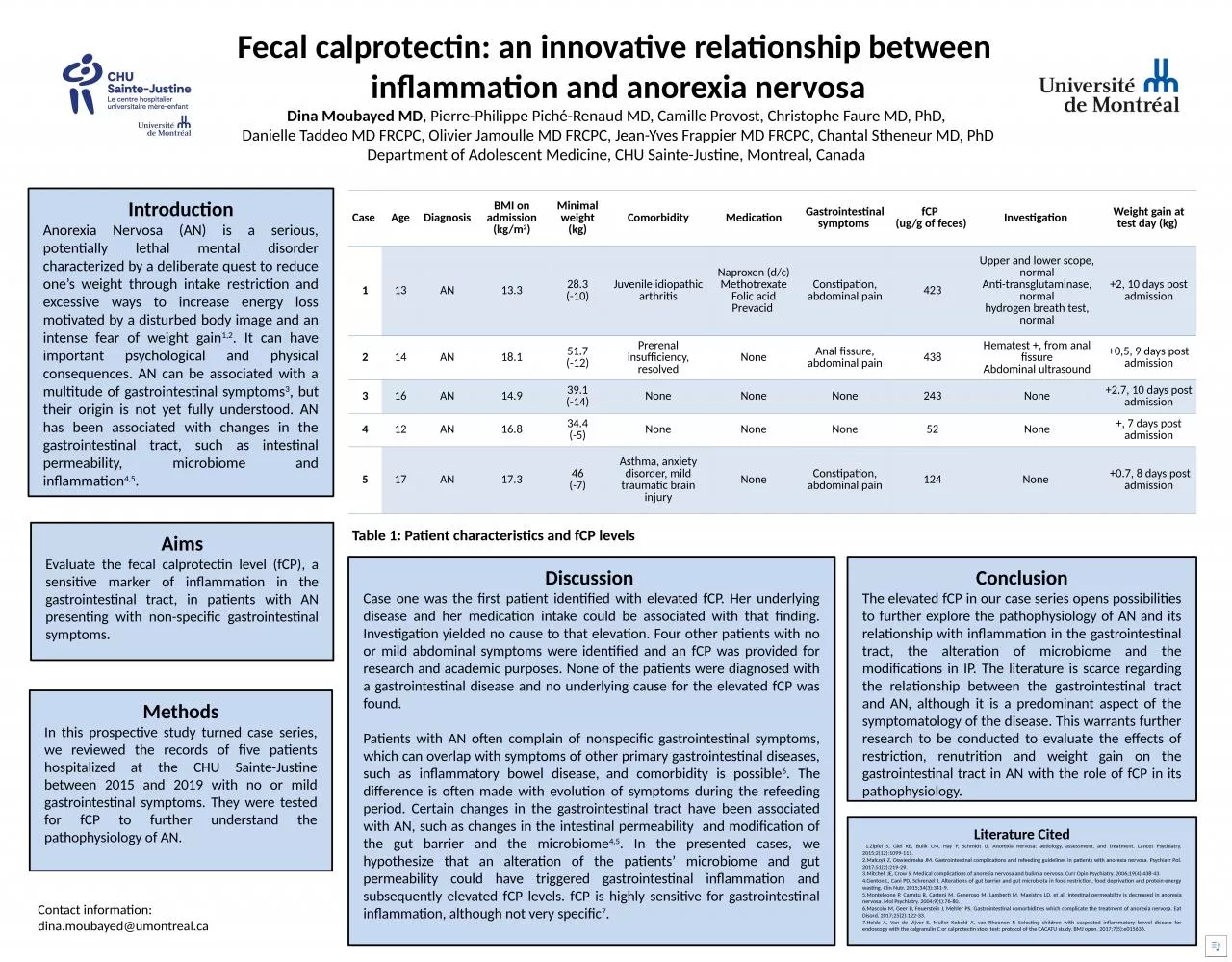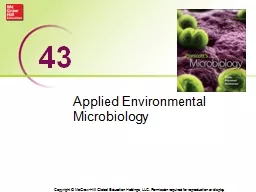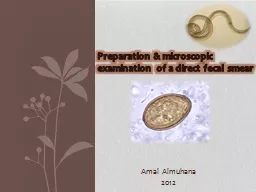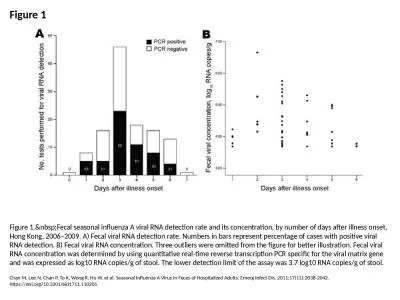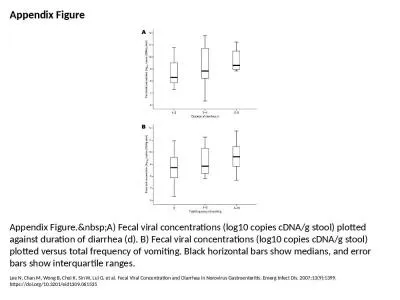PPT-Fecal calprotectin: an innovative relationship between
Author : tabitha | Published Date : 2022-06-14
inflammation and anorexia nervosa Dina Moubayed MD PierrePhilippe PichéRenaud MD Camille Provost Christophe Faure MD PhD Danielle Taddeo MD FRCPC Olivier Jamoulle
Presentation Embed Code
Download Presentation
Download Presentation The PPT/PDF document "Fecal calprotectin: an innovative relati..." is the property of its rightful owner. Permission is granted to download and print the materials on this website for personal, non-commercial use only, and to display it on your personal computer provided you do not modify the materials and that you retain all copyright notices contained in the materials. By downloading content from our website, you accept the terms of this agreement.
Fecal calprotectin: an innovative relationship between: Transcript
Download Rules Of Document
"Fecal calprotectin: an innovative relationship between"The content belongs to its owner. You may download and print it for personal use, without modification, and keep all copyright notices. By downloading, you agree to these terms.
Related Documents

